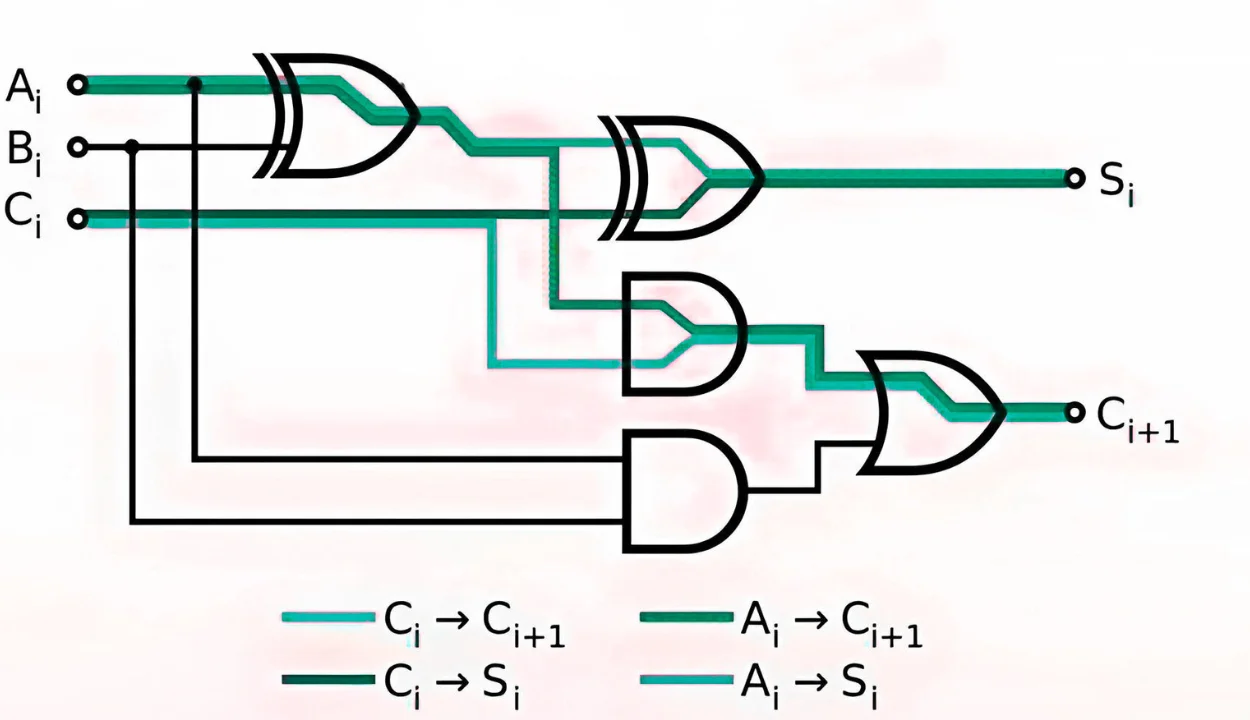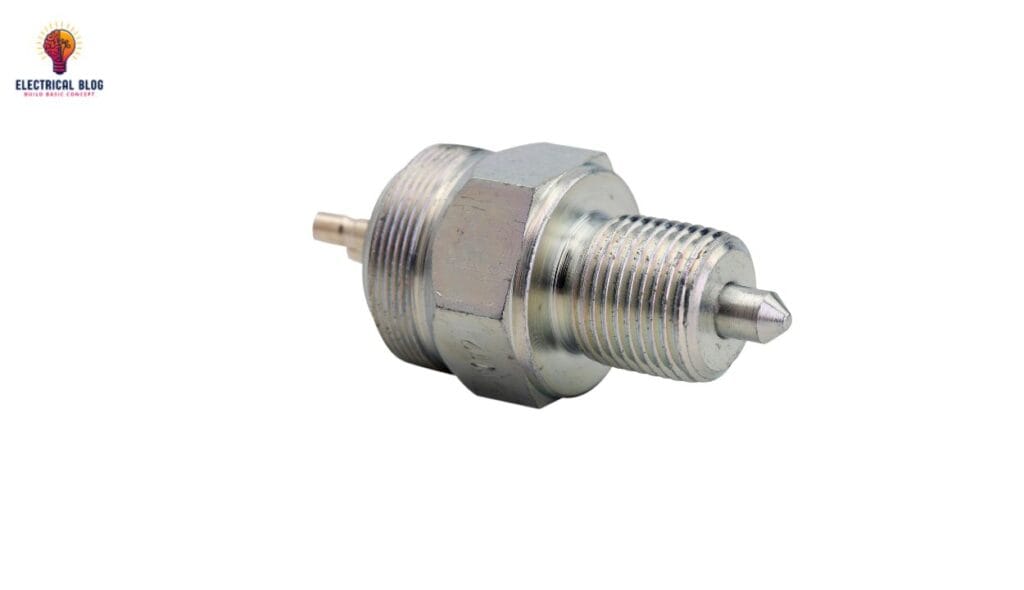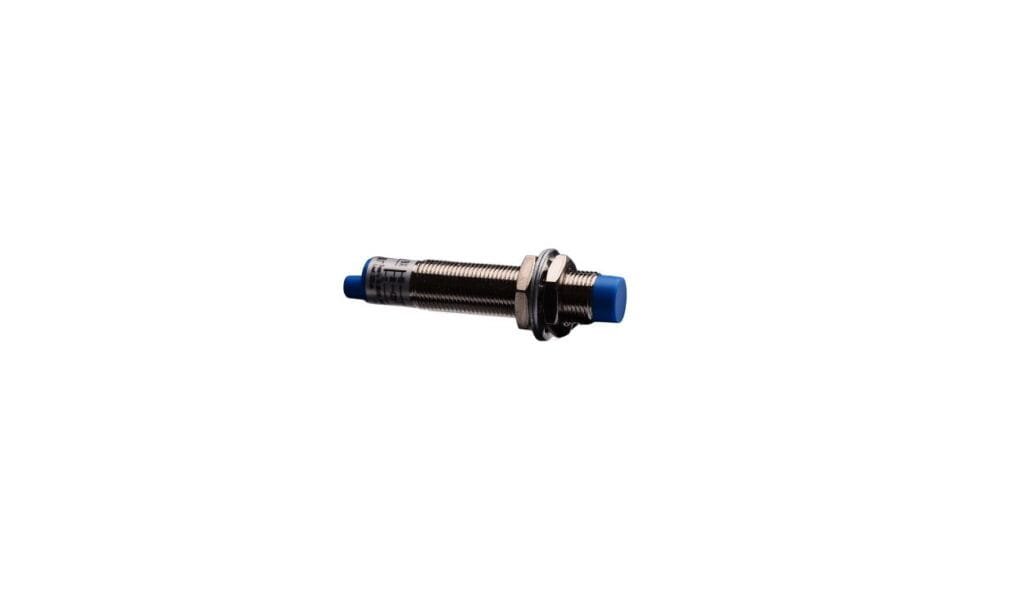From my experience working with circuit design, I’ve noticed how a keep transistor affects signal propagation. When switching from high to low, the output signal doesn’t drop instantly; instead, it encounters resistance in the path, leading to a slowing effect. This happens because the keep transistor introduces an additional element that interferes with the discharge of the capacitance at the node.
Since the voltage drop depends on how quickly the capacitance can drain, this transitioning takes longer, effectively increasing the HL delay. In practical scenarios, this delay becomes more noticeable when working with high-speed applications where precise timing is critical. As the output struggles to fall, engineers must carefully optimize the circuit to balance the high-to-low transition while managing capacitance and resistance to ensure stable performance.

Function of a Keep Transistor
How Keep Transistors Stabilize Logic Circuits
In CMOS circuits, a keep transistor plays a crucial role in holding the output steady, preventing unintended fluctuations during switching. It acts as a buffer or charge-holding element that helps maintain a stable state, even when the input conditions are changing. This stability is particularly useful in low-power designs, where minimizing unnecessary activity is essential. By strategically placing these transistors, engineers can reduce glitches, enhance immunity against external noise, and prevent excessive power consumption. However, this beneficial function comes with a cost—it introduces capacitance and resistance, which impact performance.
The Hidden Cost of Keeping Transistors
While reducing noise and improving system robustness, the added capacitance affects how signals propagate, ultimately increasing the HL delay. Since charge movement slows down, the transition between logic levels takes longer, impacting timing in dynamic circuits. This delay is more noticeable in high-speed applications, where precise timing is essential. Engineers must delve deeper into the trade-offs, balancing power efficiency with performance. The elimination of unnecessary transitions can aid in saving energy, but managing intermediate switching effects is critical. Understanding how to optimize CMOS logic while controlling resistance ensures reliable functionality without compromising speed.
Impact on Switching
When transitioning from high to low, the keep transistor turns on, allowing the output to discharge through it. However, this creates resistance along the path, which causes the charging and discharging of the node’s capacitance to slow down, leading to a longer HL propagation delay. The slowing process takes more time to complete, making the switching process less efficient.
The Effect of Extra Capacitance on Signal Delay
From my hands-on experience in circuit design, I’ve seen how a keep transistor influences the HL transition speed. When the output transition shifts from high to low, the extra capacitance at the output node must be discharged. This slows things down, as a larger capacitance demands more time to fully discharge. Since the parasitic capacitance naturally resists quick transitions, it directly contributes to an increasing propagation delay. The overall transition gets stretched, adding extra time to the process. This effect becomes even more noticeable in high-speed circuits where managing capacitance is critical to ensuring reliable performance.
The Effect of Current Restrictions on Delays
In my experience, a keep transistor can significantly affect signal speed by limiting the current that is available to discharge the output node. Since the transistor acts as a resistance in series with the load capacitance, it slows the flow, slowing down the discharging process. This impacts the transition, as the discharge current faces resistance, making the overall process limited and extending the delay.
Additional factors that influence delays
In my experience, process variations in CMOS fabrication can indirectly alter transistor parameters, impacting the propagation delay. A larger keep transistor has higher capacitance and a slower switching speed, which exacerbates the issue. Similarly, a large capacitance addition already slows the transition, making it harder to improve speed. While smaller transistors might help, they come at the cost of reduced drive strength. Changes in process technology can also affect performance, making the delay unpredictable.
Minimizing the Impact of Keep Transistors
To minimize the negative impact of HL propagation delay, designers can use optimization techniques like careful sizing of keep transistors to avoid excessive added capacitance. A clever approach is to employ alternative techniques or an optimized circuit design to achieve similar outcomes while reducing reliance on these components. Newer advanced CMOS technologies with smaller transistors and lower capacitance help improve switching speeds and reduce propagation delays. Selecting an appropriately sized transistor ensures its functionality isn’t compromised, while modern CMOS solutions offer ways to further minimize delays.
Read more: Bipolar Junction Transistor


